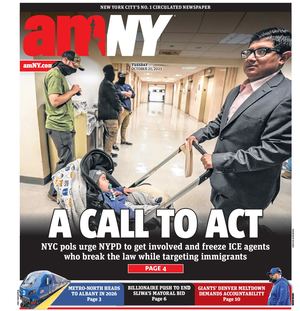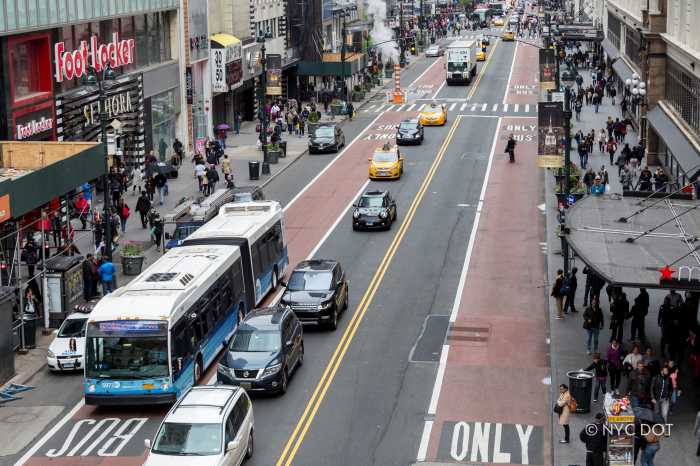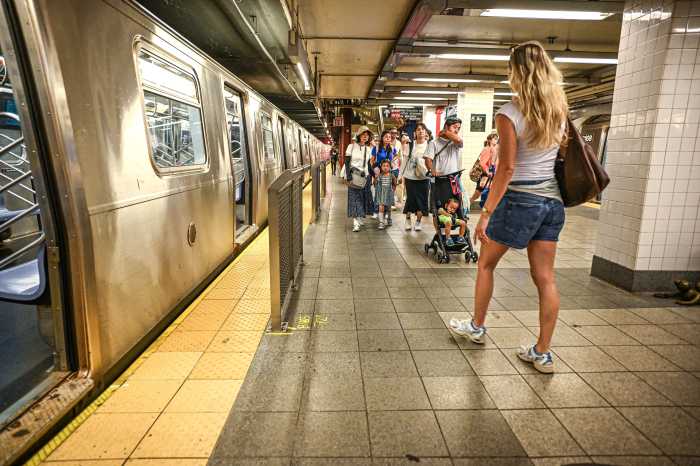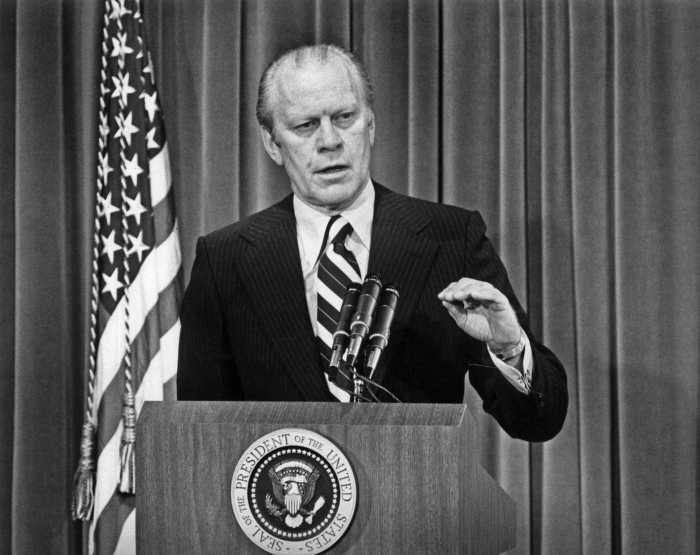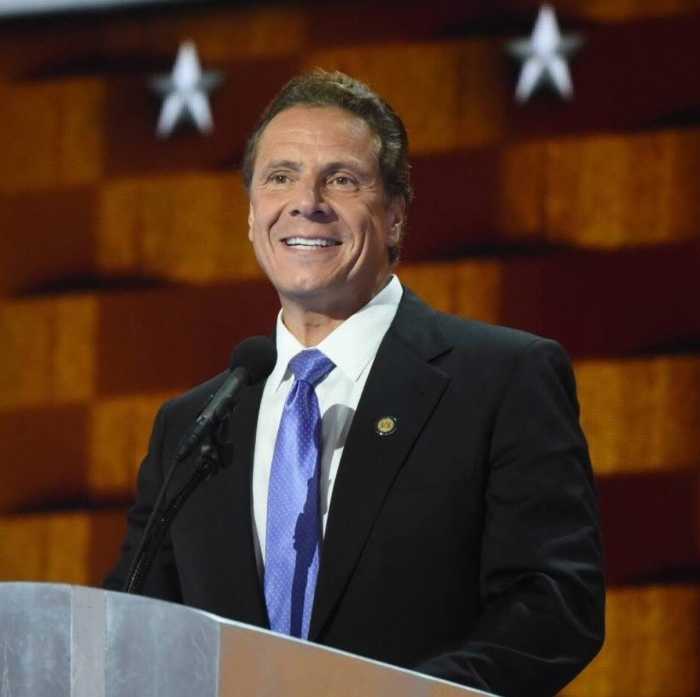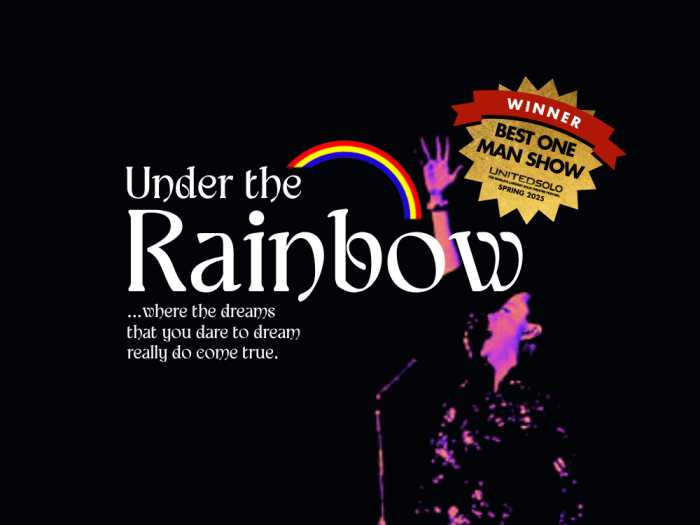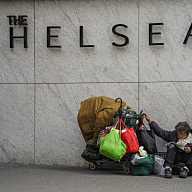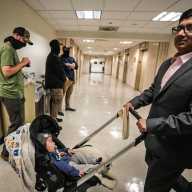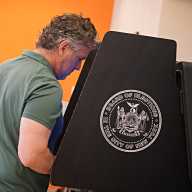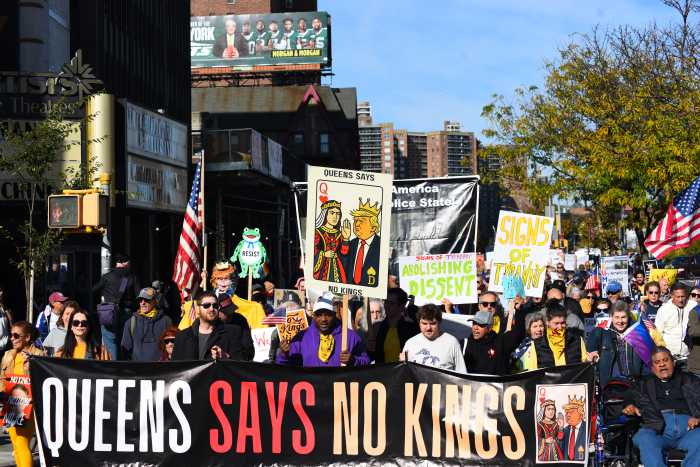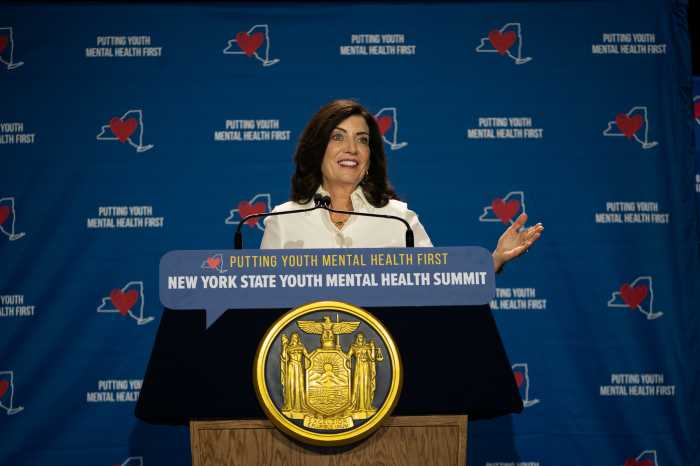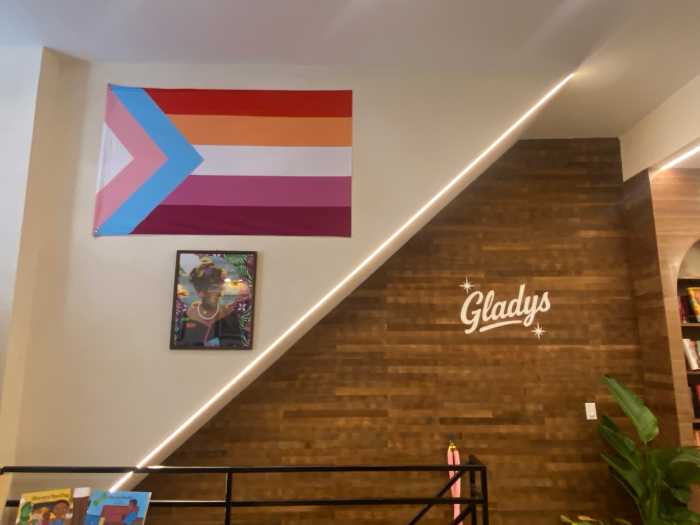New York City streets are lively with kids playing, trucks rumbling, and cars backfiring, but an invisible surveillance network mistakes these sounds for threats, prompting unwarranted police interventions. This is ShotSpotter: a multimillion-dollar technology that has transformed urban soundscapes into potential crime scenes – with little evidence of actually making our city any safer.
Since 2015, NYPD has contracted with ShotSpotter, a technology that is supposed to detect the sound of gunshots and alert police to their location. The brutal truth? Most of these alerts are nothing more than ghosts – sounds that never happened, communities disrupted for nothing.
While there is growing consensus across the country that this tech is unreliable and other cities are dropping their contracts, the NYPD is likely to renew its contract for ShotSpotter this month.
Public safety is a paramount concern here in New York and nationwide, but the data is clear: ShotSpotter is not the solution. Two major reviews of the technology’s use in NYC were recently released, and their findings are damning.
The first, a June audit from the NYC Comptroller uncovered major problems with ShotSpotter. Notably, the audit found that the system fails to reliably detect actual gunshots and wastes hundreds of hours of police time each month.
In June of 2023, showed that just 13% of ShotSpotter alerts that sent officers to the scene were confirmed to have been a shooting. The Comptroller found that in one month, the NYPD wasted 425 hours—nearly 18 days—on false alerts.
Unsurprisingly, the audit found that NYPD is also very opaque about its performance data, shielding the efficacy of the program from public oversight. Ultimately, the Comptroller – the elected body responsible for making sure we are effectively spending our tax dollars – recommended that NYC not renew its contract with ShotSpotter until its performance has been thoroughly reassessed.
While the public awaits NYPD’s contract reassessment, Brooklyn Defender Services, a public defender organization, released its own report analyzing nine years of NYPD’s performance data. The group obtained the dataset–the largest dataset of ShotSpotter’s performance uncovered to date–from the NYPD via a Freedom of Information request. Their analysis of this data found that the system results in very few firearms being recovered and instead leads to the over-policing of Black and Brown communities.
Brooklyn Defenders’ analysis confirmed that ShotSpotter’s performance had been strikingly low over the entirety of its contract: over 83% of alerts were not determined to be gunfire during the nine-year period. In other words, for every six ShotSpotter alerts, five are false alarms. Would you pay for something that works 1 out of every 6 times?
Their analysis also highlighted that ShotSpotter is an extremely cost-inefficient method to get guns off the street. Only 1% of all alerts over nine years resulted in a gun being recovered. In contrast, a one-day gun buyback recovered nearly four times as many guns as ShotSpotter in nine years, at a fraction of the cost. The buyback program recovered almost four times more guns in one day than ShotSpotter did in over nine years, while costing almost thirty-six times less.
Even worse is the impact false alerts have on community members — with striking racial disparities. The Defenders’ report found Black and Latine residents disproportionately impacted, with predominantly Black precincts seeing twice as many false alerts as the city average.
Consider the human cost behind the numbers: Police race to a location expecting that a shooting has taken place. You are going about your Sunday errands, heading home from church and stopping at the market when a patrol car rolls up. Officers then use this alert as justification to stop, question, and frisk you. They find no evidence of a gun, but have now subjected you to an invasive police encounter. If you resist, you might be arrested. This is not policing – it’s harassment, algorithmically enabled, and racially targeted.
Chicago – a city not dissimilar to ours – recently discontinued its contract with ShotSpotter, citing concerns over the system’s reliability and effectiveness. When technology fails to protect and instead threatens community safety – not to mention wastes millions of dollars – it must be abandoned. As the NYPD’s own multi-million dollar contract with ShotSpotter approaches renewal, New York must prioritize community resources and not once again spend tax dollars on public safety solutions that don’t work and don’t make our city safer.
Read More: https://www.amny.com/opinion/
